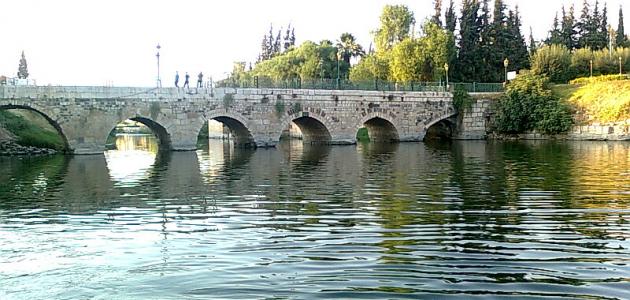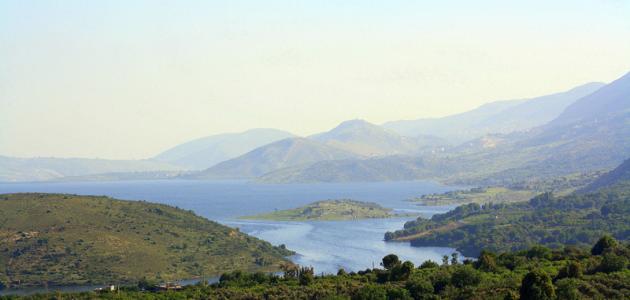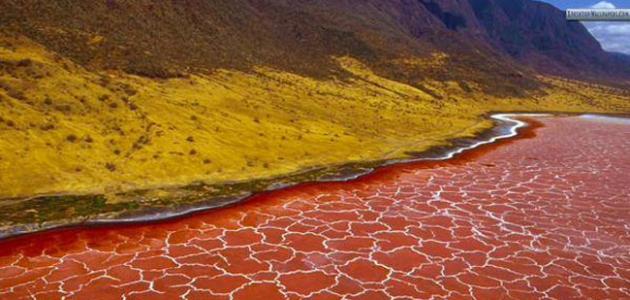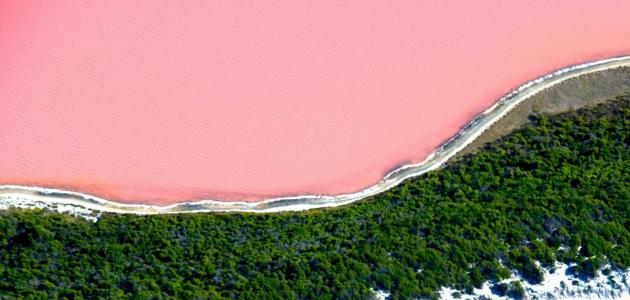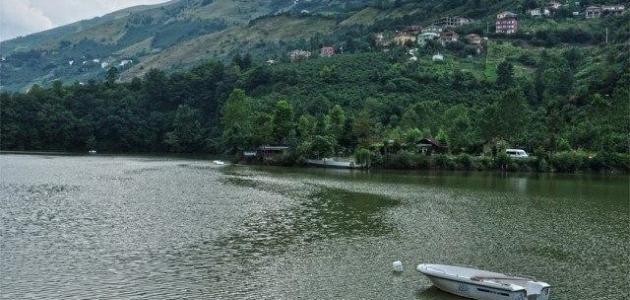The Orontes River originates in Lebanon, passes through Syria and then empties into the Mediterranean Sea at Suwayda. Historically, this river was called by many names, including the Oront River, the Oront River, the Orontos River, the Mimas, the Maqlub, the Great, and finally the Orontes. It was called the Orontes because, unlike all the rivers in the region that originate from the north and flow toward the south, it originates from the south and flows toward the north. That is why it was called the Orontes, as if it were disobeying the natural state that... The rivers of the region arose on it.
The source of the Orontes River is from the Lebanese Bekaa Valley, and it has three groups from which it originates, not just a single source, which is a group of sources of Ain Zarqa, Hermel, and Shughair, specifically from the western mountains of Lebanon, in addition to a group of sources in Ain Al-Falakiya, Al-Labweh, and Ras Baalbek, specifically from the eastern Lebanese mountains. As for the group The latter are the sources of agriculture near Josiah in the northern Bekaa. After this point, the Orontes River enters Syrian territory, specifically from the Al-Omariya mill in Rablah, to begin the Orontes Valley, which is currently in Syria. After a distance of twenty kilometers, the Orontes enters Lake Qatina and emerges from it again. To continue its journey in Homs, then Rastan, then Hama, where large waterwheels were built in Hama, which were famous for being the largest in the world. The Orontes River in Hama is distinguished by the presence of beautiful orchards on its banks, and it follows its path to reach Mahardah, then Al-Ghab Plain, then Jisr Al-Shughur, then Darkush, then enters Antioch and the Iskenderun Brigade occupied by the Turks, as the Iskenderun Brigade is part of Syrian territory, finally reaching the Gulf of Suwaydiya, where it empties into the Mediterranean Sea. Hence, the length of this great river is about 571 kilometers, divided between Lebanon (46 kilometres) and Syria and the Iskenderun district (525 kilometres).
Read also:What is the widest river in the worldThe abundance of water and flow of the Orontes River varies from one region to another, as its abundance ranges between 14 cubic meters per second, 24 cubic meters per second, and 87 cubic meters per second. The reason for this great diversity in flow is due to the tributaries that flow into the Orontes River. It is fed by water, such as the Kafat River, the Sarut River, the Salhab River, the Qastoun River, the Aswad River, the Afrin River, the Abu Qubays River, the Bared River, and the Ain al-Zarqa River. The majority of these tributaries are seasonal in nature, as they depend on rainwater and the melting of snow accumulated in the winter.
Read also:Where is Lake Baikal located?